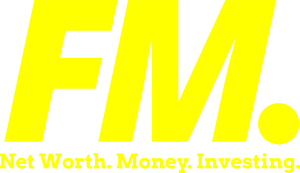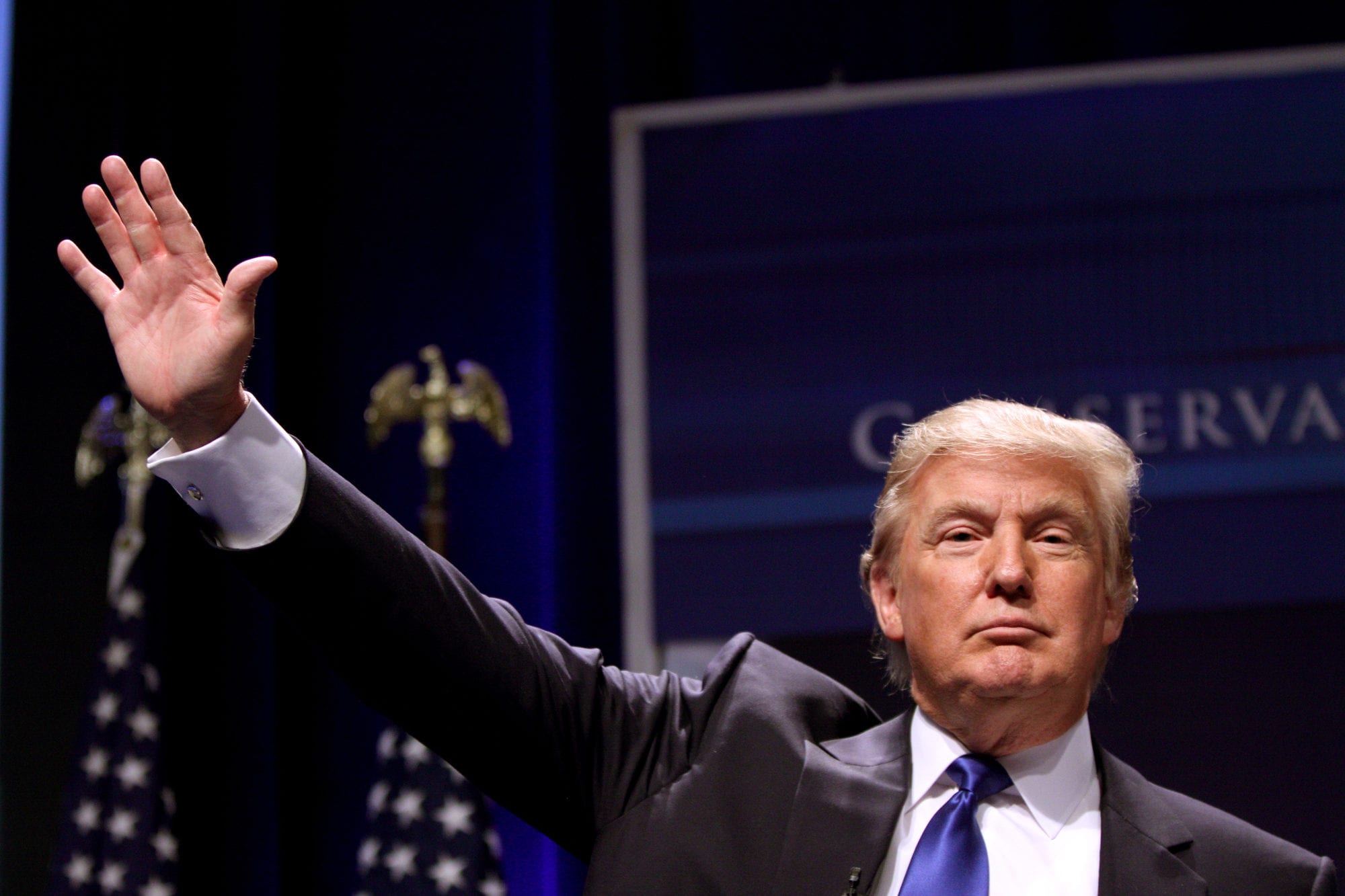Did We Just See Insider Trading? Trump’s Tariff Flip-Flop Raises Big Questions.
April 10, 2025
When President Donald Trump announced sweeping new global tariffs last week, markets reacted just as expected—negatively. Stocks across manufacturing, retail, and transportation sectors dipped as investors braced for the cost of another round of economic nationalism. Then, just days later, Trump paused the rollout of those tariffs—excluding China—claiming it was part of a broader negotiation strategy. Markets rebounded sharply.
And it’s in that narrow window—between panic and relief—that billions of dollars were made or lost. Which begs the question: did we just witness insider trading in real time?
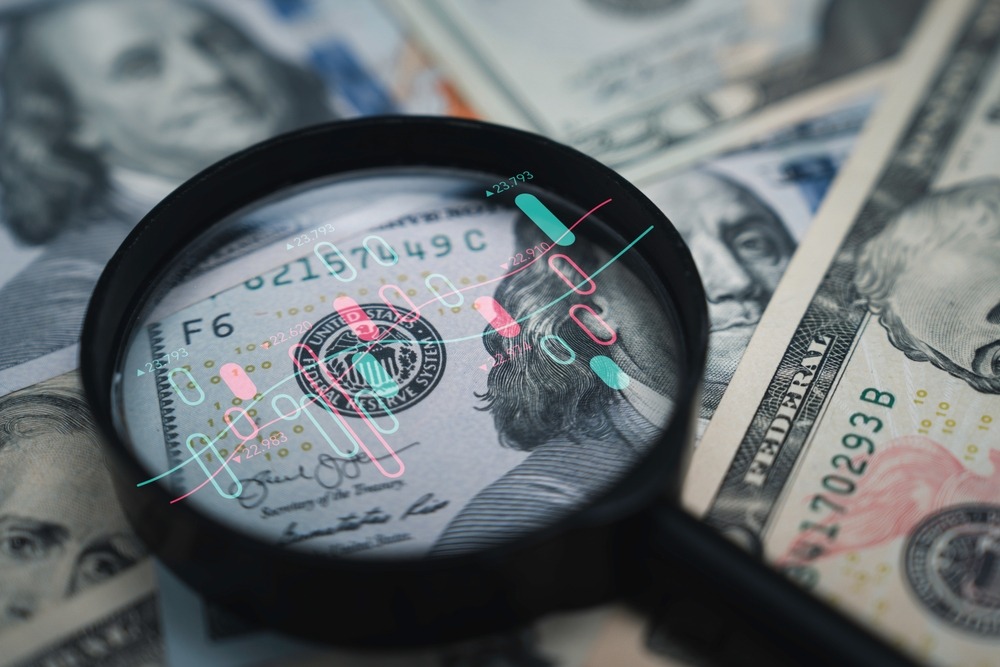
Too Perfect to Ignore
The timing is… convenient, to say the least. A bold policy move that would obviously tank specific sectors, followed almost immediately by a reversal that restores investor confidence? That’s not just a policy whiplash—it’s a potential goldmine for anyone who knew what was coming.
We’ve seen this story before. In volatile markets, information is power. And when you know what the government is going to do before the public does, the opportunity to exploit that knowledge for personal gain is virtually limitless. It’s not hard to imagine someone betting against key stocks just before the tariff announcement—then flipping long positions just in time for the reversal.
RELATED: Trump Blinks First: Global Tariff Pause Exposes a Weak Hand in the Game of Trade Chicken.
If that sounds like a conspiracy theory, consider this: the Securities and Exchange Commission (SEC) exists because people in power have abused market-moving information in the past. Insider trading isn’t theoretical. It’s a well-documented practice with a long, shady history in both corporate and political spheres.
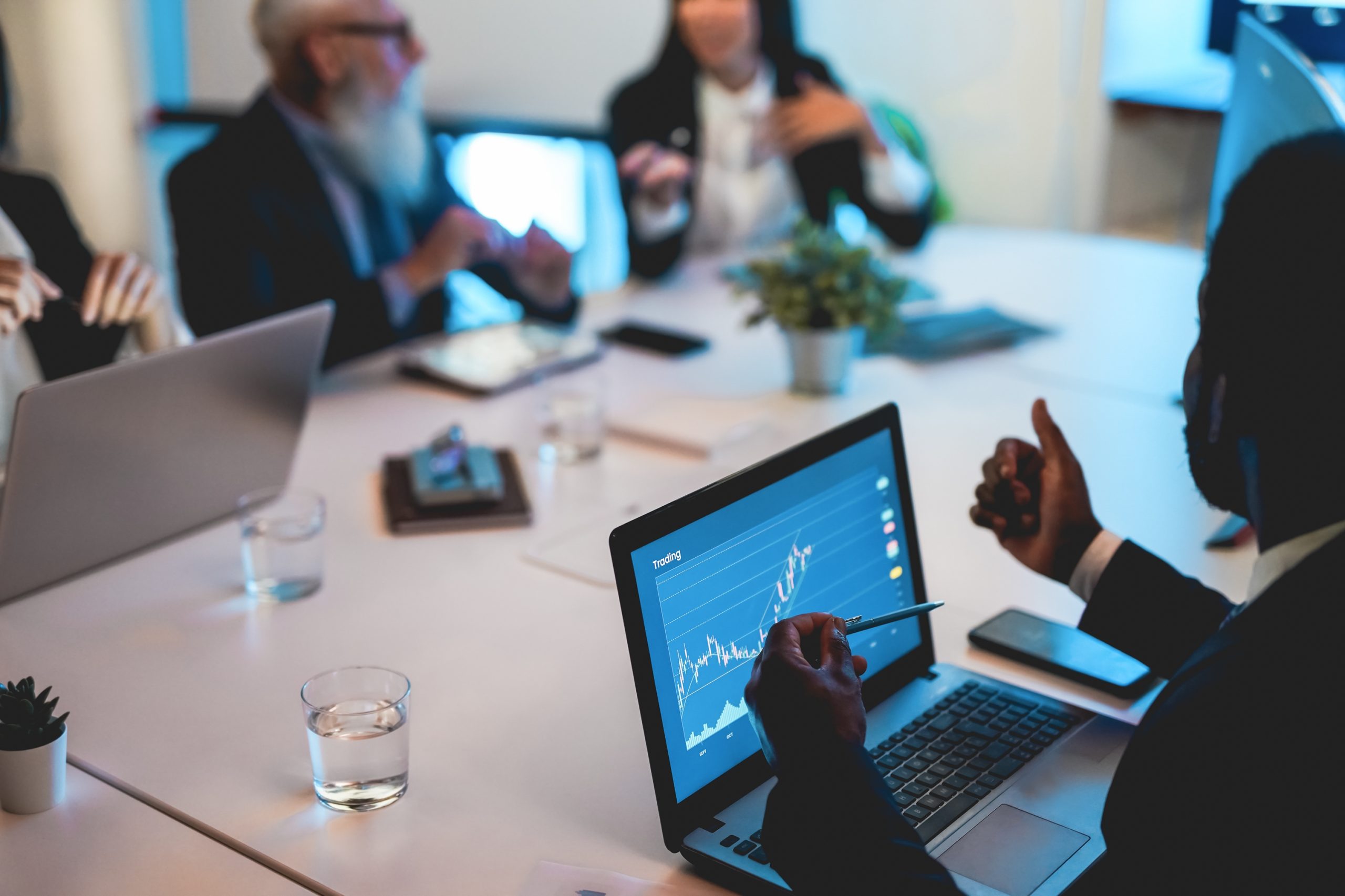
How Insider Trading Works
Insider trading occurs when someone uses non-public, material information to buy or sell stocks—giving them an unfair advantage over regular investors. This could be a corporate executive who knows earnings will beat expectations before the quarterly report drops. Or, in this case, a government insider who knows a major economic policy is about to change.
Let’s break it down in this context. Suppose a high-level official, or someone with access to Trump’s policy discussions, knew the tariff pause was coming before it was publicly announced. That individual—or someone they tipped off—could short relevant sectors (like shipping, auto, and retail) right before the initial tariff announcement, cash in as those stocks fell, then buy the dip knowing they’d recover once the reversal was made public.
RELATED: Trump Loses $500 Million Amid Global Tariff Turmoil.
It’s a classic rinse-and-repeat scheme. And with Trump’s White House notoriously leaky, and filled with wealthy allies and corporate cronies, the possibilities are endless. Add in the fact that Trump himself has never fully separated from his business interests, and you start to see how dirty this all could be.
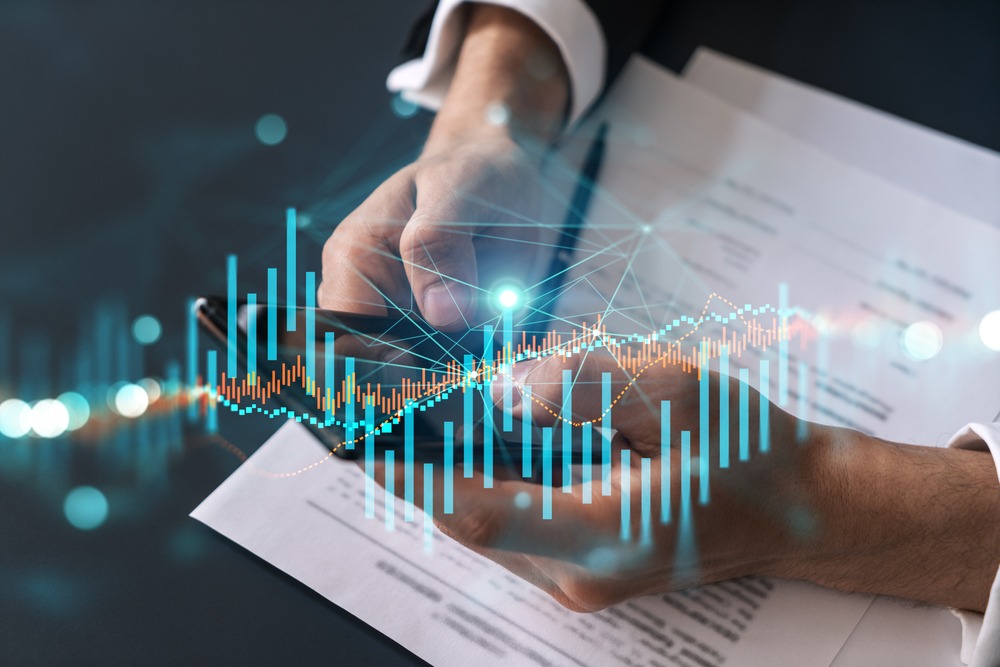
Trump and the Wealth Game
Let’s be honest: Trump has always been about enriching himself and his circle. From tax cuts for the ultra-wealthy to deregulation that disproportionately benefited large corporations, his policies have consistently rewarded the top 1%. The idea that he might be at the center of—or at least enabling—an insider trading scheme doesn’t feel outlandish. It feels expected.
RELATED: Trump's Tariffs - What Falling Share Prices Mean for You.
This is a man who spent years refusing to release his tax returns. A man whose businesses benefited from decisions made while he was in office. A man who staffed his administration with hedge fund managers, oil executives, and billionaire donors.
So when a policy like global tariffs is announced and then reversed in rapid succession—with clear and predictable market impacts—it’s hard not to wonder who knew what, and when. And more importantly: who profited?

Follow the Money
We may never get a full accounting of the trades made during the days between Trump’s tariff announcement and his climbdown. But financial analysts have already noticed unusual trading activity in specific sectors. Certain stocks saw massive volume spikes that don’t align with typical market behavior. Options contracts were opened and closed with suspicious timing.
And if past is prologue, don’t expect much in the way of accountability. The SEC is underfunded and outgunned when it comes to policing the financial elite. Unless someone blows the whistle or leaves an obvious paper trail, the truth may stay buried—right alongside whatever fortunes were quietly made.
RELATED: Trump’s Tariff Gambit: Global Markets in Freefall Amid Economic Self-Sabotage.
But for those of us paying attention, the pattern is obvious. A high-profile announcement causes panic. A surprise reversal leads to a rebound. And someone, somewhere, is laughing all the way to the bank.
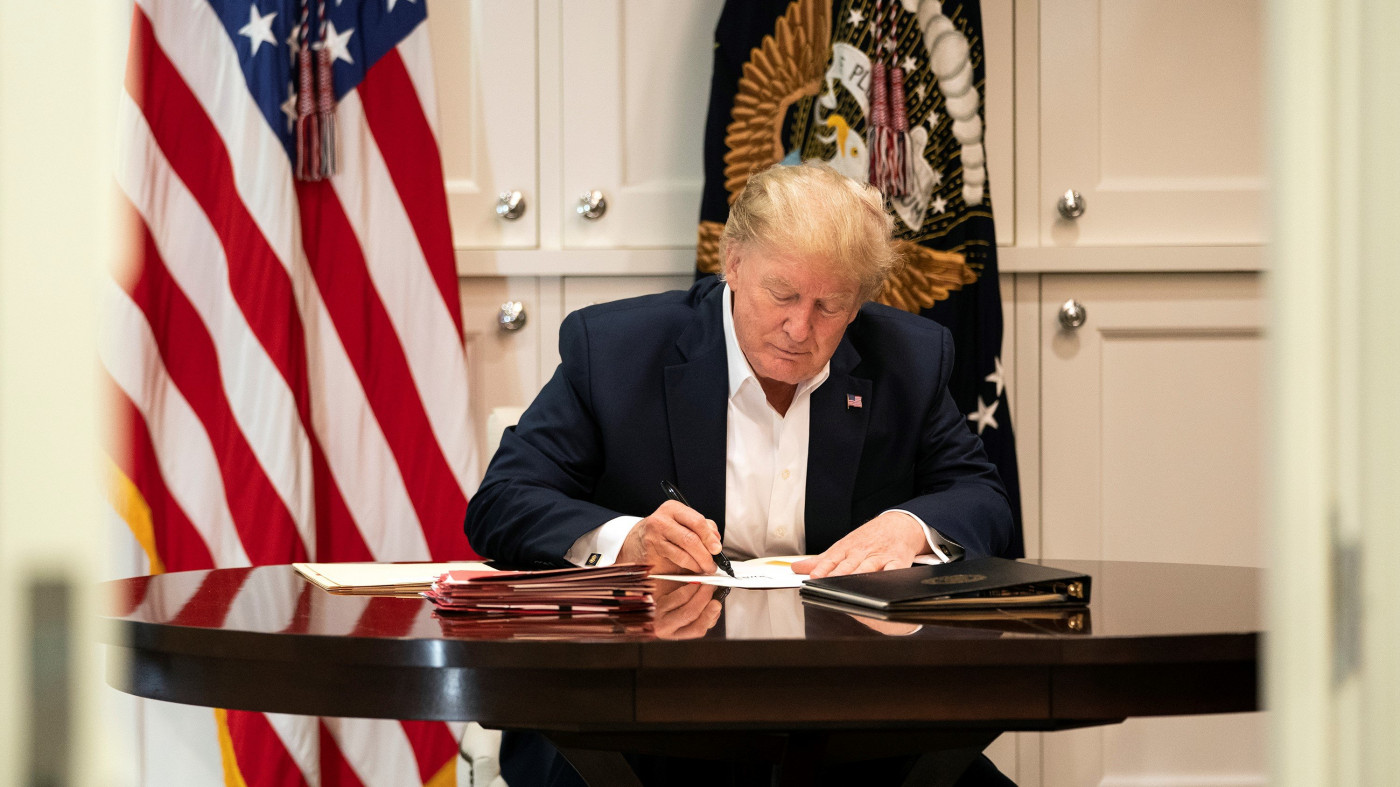
Conclusion: A Wealth Machine in Disguise
This wasn’t just a policy wobble. It wasn’t just Trump being “strategic” or “unpredictable.” It was a perfectly timed market event that just happened to benefit anyone with insider knowledge. And when you look at the people around Trump—billionaires, traders, corporate interests—it starts to feel less like coincidence and more like a coordinated play.
RELATED: Trump’s Bizarre Tariff Math: A Masterclass in Economic Nonsense
So, did we just see insider trading? I think we did. Maybe not in the traditional, clear-cut sense. But the setup, the players, and the payoff are all there. In Trump’s America, every policy shift is an opportunity—for the rich to get richer.
And this one? This looks like the scam of the decade.

